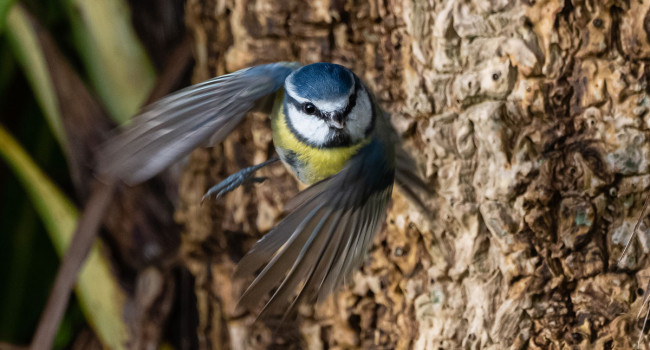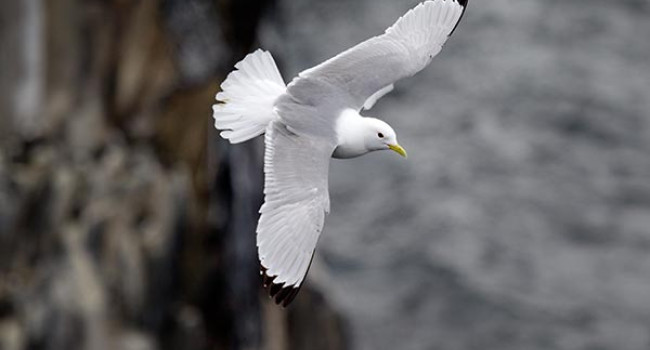Avian influenza spreads into more threatened seabird species
Avian influenza spreads into more threatened seabird species
01 Aug 2023
Our scientists had been hoping that avian influenza (AI) would pass by our threatened seabird species this breeding season, after their colonies were devastated by the virus last summer. However, thousands of seabirds suspected to have died from avian influenza are once again washing up on UK beaches.
The current avian influenza outbreak began in 2021, as a highly pathogenic strain of the virus (referred to as HPAI) spread through more than 70 bird species. Many breeding colonies are now experiencing a second summer of disease.
More than 10% of the UK’s breeding population of Black-headed Gulls may have been killed.
This year’s outbreak in seabirds began at inland Black-headed Gull colonies in England, although it quickly spread through the UK and to coastal gull and tern colonies.
It continues to have a devastating impact. Thousands of Black-headed Gulls and Common Terns have been killed at various locations in the UK. Reports suggest that as many as 20,000 Black-headed Gulls, including adults and young birds, have died at one Lancashire site alone. In total, more than 10% of this species’ UK breeding population may have been killed.
NatureScot recorded 1,443 Guillemots, 1,570 Kittiwakes and 236 Herring Gulls, all suspected to have died from avian influenza, in the two weeks following the first cases in these species this summer. The number has likely risen significantly since then.
The virus has now moved into species such as Guillemot, Razorbill, and Kittiwake, with dead birds washing up on beaches in Wales, and along the eastern coasts of Scotland and England. In the two weeks following the first cases in these species this summer, NatureScot recorded 1,443 dead Guillemots, 1,570 dead Kittiwakes and 236 dead Herring Gulls, all suspected to have died from avian influenza. The number has likely risen significantly since then.
These species were already Red- or Amber-listed due to population declines occurring over many years, prior to any mortality from avian influenza. The true scale of the losses will not be clear for some time, but our scientists are very concerned about the impact of the virus on long-term population trends and expect to see even higher levels of conservation concern for these species in future.
Read about our HPAI Programme of WorkWe are continuing our HPAI programme of work, with targeted research and partnership work taking place alongside our usual suite of monitoring surveys. Data from these surveys will be crucial in assessing the impact of the virus, particularly for species such as Great Skua and Gannet which experienced the highest levels of mortality last year.
How you can help
“It’s devastating to see the impact of avian influenza again this year. As our beaches get busier over the summer holidays, do look out for dead birds, report them and keep your dogs on leads and away from carcasses. You can help us monitor the situation by continuing to report dead birds to Defra or DAERA, and also to BirdTrack.” Dawn Balmer, BTO Head of Surveys
We need as much information as possible to track the spread of this unprecedented outbreak.
Reporting dead or sick birds to Defra (in England, Scotland and Wales) or DAERA (in Northern Ireland) is vital. These organisations will decide whether to collect the dead birds and test them for the disease. However, updates to these national databases often lag behind the situation in real-time.
It’s therefore incredibly useful for our work to report sick and dead birds to BirdTrack if you know the species. These records allow our researchers to follow the geographical spread of the disease and rapidly assess its potential impact.
If you’re unsure of the species, you can ask us to identify the bird by messaging us on social media – find us on Twitter, Facebook and Instagram. You can then report the bird to Defra/DAERA and BirdTrack as usual.






Share this page